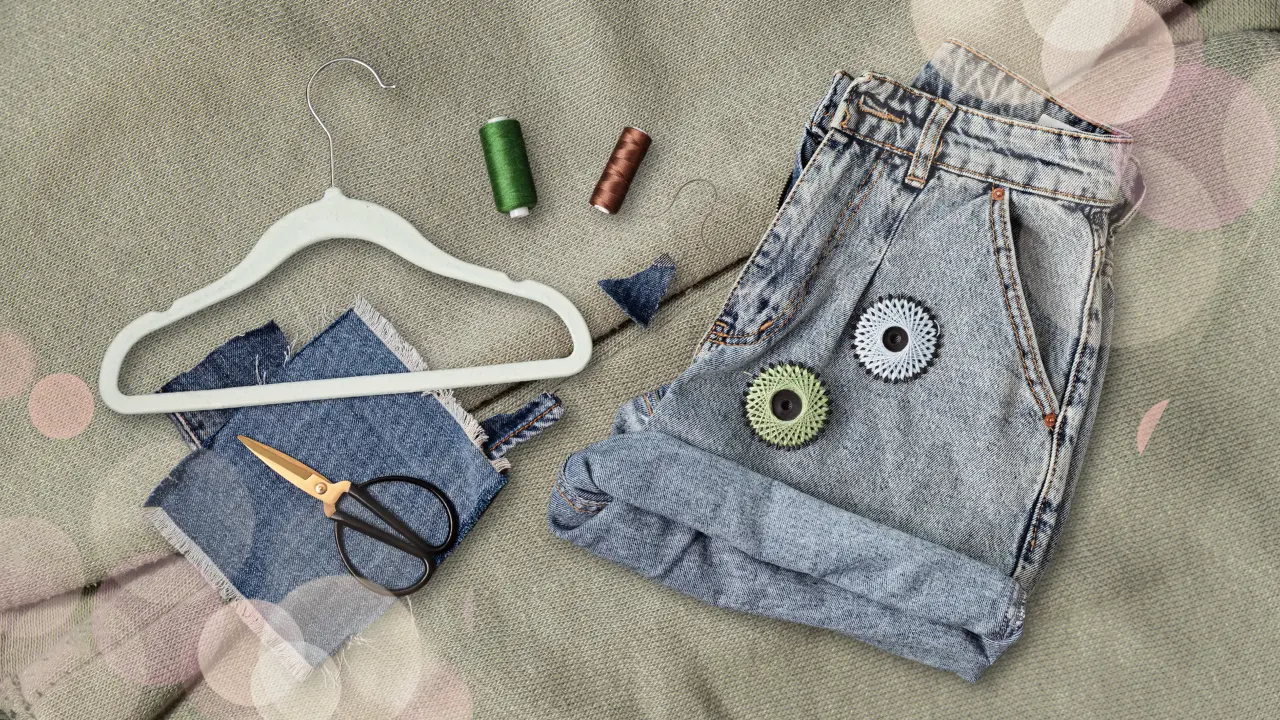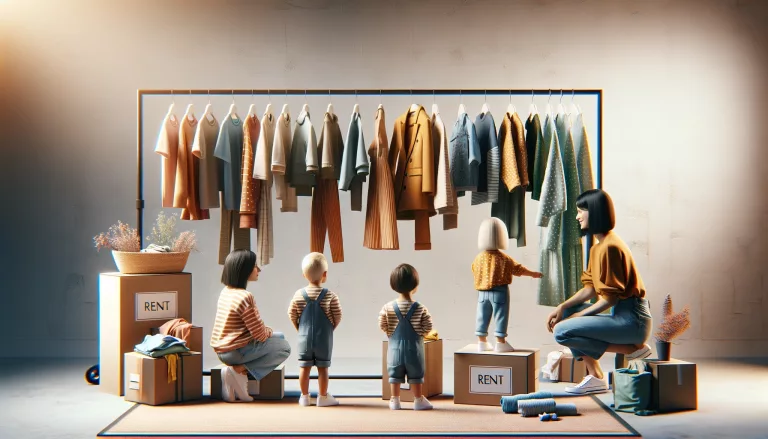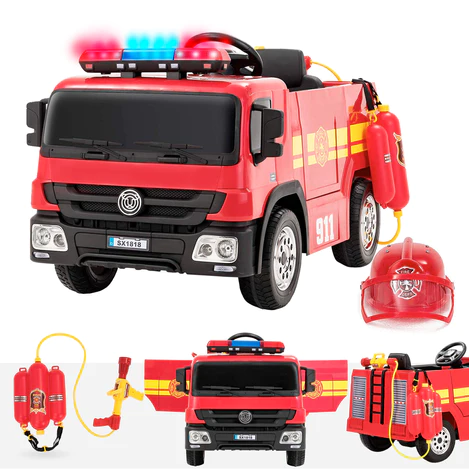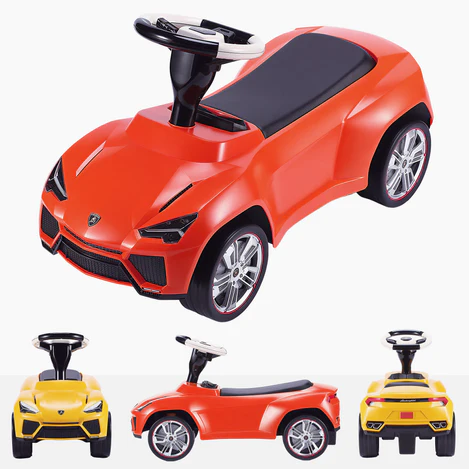In the UK, 54.19% of people have recycled or upcycled clothing in the last year, with women (60.31%) more likely to do so than men (47.70%).
Transform outgrown kids' clothes into cherished keepsakes by upcycling them into unique items. Turn a beloved baby onesie into a soft, cuddly toy or create a patchwork memory quilt from various outfits. These projects not only preserve special memories but also contribute to sustainable fashion practices.
Table of Contents
ToggleSentimental Keepsakes
Memory quilts or blankets
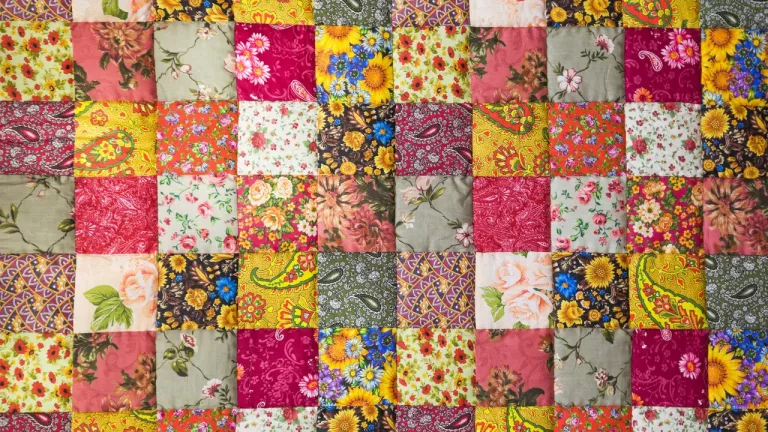
There are 5.6 million posts on Instagram using the hashtag #upcycling, indicating a growing interest and engagement with upcycling across social media platforms.
Stuffed animals or dolls
Baby clothes pillow
Care and Preparation of Materials
Preparing your materials for upcycling
- Washing and drying: Begin by washing and thoroughly drying the clothes. This is important for maintaining the quality of your fabric crafts, like patchwork designs or memory keepsakes.
- Ironing: Ironing the clothes before starting your upcycling project is essential, especially when you’re planning to transform these fabrics into home decor items like pillow designs or wall art.
- Selecting the right parts: Examine each garment carefully, especially when creating children’s toys like plush alphabet sets or sock bunnies. Look for areas free of stains and tears to ensure the quality of your upcycled items.
Decorative Items
Baby clothing ribbon block
Baby clothes bunting or garland
Repurpose those cute baby clothes into a decorative bunting or garland. This idea is excellent for adding a personal touch to your child’s nursery or playroom.
Choose clothes with bright colours or interesting patterns for a visually appealing garland.
Practical Transformations
Baby onesie transformation
Clothes for dolls
Take those outgrown baby clothes and turn them into outfits for your child’s dolls.
This can be a fun activity to do with your child, encouraging creativity and teaching basic sewing skills.
Educational and Fun Projects
Learning activity book
Customisation Techniques

Adding a personal touch to upcycling
- Embroidery: Hand or machine embroidery can add a charming detail, perfect for memory keepsakes like a memory bear or memory quilt.
- Fabric painting: Use fabric paints to add vibrant designs, turning simple baby clothes into stunning fashion accessories like headbands or decorative shoe frames.
- Embellishments: Adding buttons, beads, or ribbons from other garments can give your new creation an extra sparkle, making it a piece of functional art.
Tips for Working with Different Fabrics
Handling various textiles
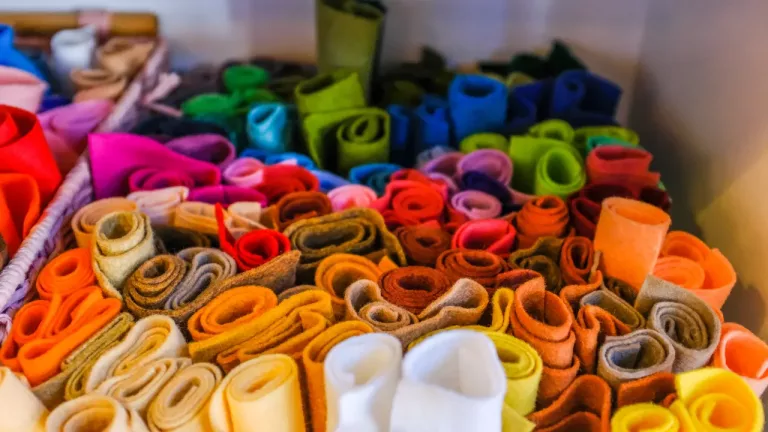
Cotton is easy to work with and great for beginners. It’s versatile and holds shapes well, making it suitable for most projects.
Denim is durable but can be tough to sew. Use a stronger needle and consider hand-sewing for intricate details.
Stretchy and soft, knits can be challenging. Use a ballpoint needle to avoid snagging and practice patience when cutting and sewing.
Safety Considerations in Upcycling
Ensuring a safe crafting experience
Safety is paramount, especially when crafting items for children or with children.
Here are key safety considerations to keep in mind:
- Non-toxic materials: Always choose non-toxic materials, especially when working with paints, glues, or dyes. Check labels for safety certifications.
- Sharp tools: Keep scissors, needles, and other sharp tools out of reach of children. When involving kids in your project, opt for child-safe tools.
- Secure embellishments: Ensure that any added embellishments like buttons or beads are securely attached to prevent choking hazards.
- Allergies and sensitivities: Be mindful of any allergies or sensitivities, especially when using certain fabrics or materials that might irritate sensitive skin.
Sustainability and Environmental Impact
The eco-friendly aspect of upcycling
Eco-friendly practices and eco-conscious values are at the heart of upcycling. Here’s how your upcycling efforts make a difference:
By recycling clothing, you’re directly contributing to waste reduction. It’s a meaningful step towards a more sustainable lifestyle.
Upcycling means fewer new resources are needed, which is essential in promoting environmental responsibility.
Your upcycling projects can inspire others to adopt more eco-friendly practices, spreading awareness about sustainability in fashion and crafting.
In Summary:
FAQ's:
Yes, upcycling children’s clothes is a highly cost-effective solution. It allows parents and caregivers to repurpose garments that children quickly outgrow, reducing the need to purchase new items frequently. This approach not only saves money but also encourages creativity and sustainable living.
For beginners, simple projects like turning a baby’s t-shirt into a tote bag or converting old socks into cute puppets are great starting points. These projects require minimal sewing skills and can be a fun way to introduce yourself to the world of upcycling.
Involving children in upcycling projects is a wonderful way to spark their creativity and teach them about sustainability. Choose projects like decorating old clothes with fabric paints or making simple crafts like bookmarks from fabric scraps. Ensure the activities are age-appropriate and always supervise to ensure safety.
Absolutely. Upcycling children’s clothes plays a significant role in reducing textile waste and the environmental impact associated with the production of new garments. By repurposing existing materials, we conserve resources and contribute to a more sustainable and eco-conscious lifestyle.
